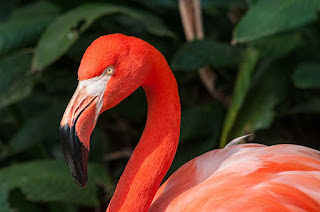Animals in the United States

platypus venom :: Article Creator Interpreting Shared Characteristics: The Platypus Genome So, what are some of the details that we've learned from the platypus? One important message relates to the unity of life. Sequencing of the platypus genome reveals that the platypus has about 18,000 genes; humans, by comparison, have somewhere around 20,000. Moreover, roughly 82% of the platypus's genes are shared between monotremes, marsupials, eutherians, birds, and reptiles. This is not at all surprising, because all of these organisms are made of eukaryotic cells, and the basic eukaryotic machinery is going to be shared among species. Platypuses and humans also share a lot of "selfish" DNA bits—about half of both species' genomes consists of LINE and SINE-like sequences. Humans and platypuses do differ in the details, however. For instance, an obvious difference is that the platypus lays yolky eggs, whereas humans and other eut...



